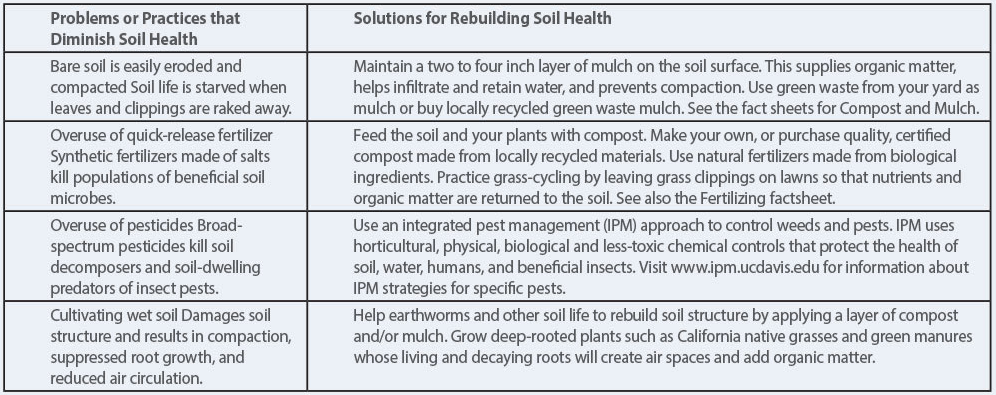Why is Healthy Soil Important?
Healthy soil is the cornerstone of a vibrant landscape. It provides oxygen and nutrients vital to plant growth and sustenance. It provides protection from the sun and stability for root systems. The soil is very much alive and possesses degrees of health the same way the human body does. Healthy plants require healthy soil and protection from weather extremes, pests, and diseases.
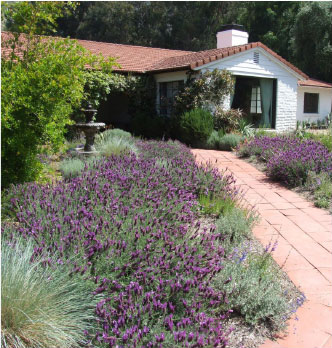
Probe the Soil
Smell the soil. An pleasant aroma indicates a well balanced soil which indicates a vital eco-system. If your soil smells like rotten eggs, it might be too wet and compacted to allow oxygen exchange.
Look at the soil. Healthy soils are dark and loose. The dark color comes from organic matter, the foundation of the soil food web.
Look for soil life. Earthworms, mites, millipedes, centipedes, and sow bugs indicate a healthy soil ecosystem.
Feel the soil. Is your soil gritty or slippery, smooth or loose? Soil texture is an important clue to soil health. Heavy clay soils do not allow air into the system. The presence of organic matter provides space between the constituent parts for air to flow freely which plants need.
Soil Test. To know the chemical properties of your soil, a laboratory test is needed. (See Tools to Help Assess Your Soil (see below)
What is Healthy Soil?
Healthy soil is an ecosystem of many constituent parts. It is a combination of living organisms at both micro and macro levels. You can take the temperature of your soil in a manner of speaking using touch, smell, color, and by looking for the presence of beneficial living organisms.
Determine Texture with a Simple Test
Moisten a small handful of soil and roll it into pencil shape shape in the palm of your hand. Gently squeeze the column of soil (with your fingers) and see how long a column you can make before the soil breaks apart. Clay feels sticky and will stay together than soils with less clay components. It will be slick and the column will break between 1-2 inches. Clay loam feels sticky, but the ribbon breaks at about 1 inch. Sandy loam feels gritty and sticks together, but won’t form a significant column. Sandy soil feels gritty and falls apart before it is even through your fingers!
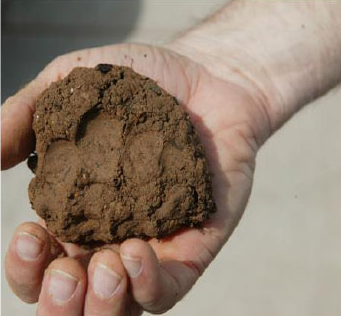
Soil Properties: Qualities of Good Soil
Selection and Water Regimes
Soil Texture
Soil texture is a product of the proportion of different soil particles — sand (large), silt (medium), and clay (small).
Sandy soils drain quickly and struggle to hold water and nutrients.
Clay soils retain water and nutrients, but don’t let oxygen penetrate at the same rate of loam and sandy soils, and may be hard to work with.
Loamy soil or Loam is a balanced combination of soil particle sizes that hold water and nutrients and drain well: about 40% sand, 40% silt, and 20% clay is the ideal.
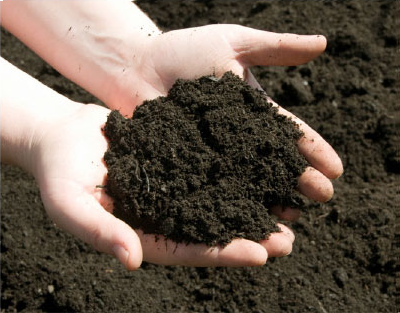
Why Soil Texture Is Important For Your Yard
A soil’s texture affects water flow. This has a bearing on how you go about irrigating your property. For example, water moves slowly in clay soils, so care must be taken to irrigate them in repeated short bursts to allow percolation. Sandy soils let water run through quickly, also requiring shorter, and more frequent watering. Loam soil with its balance can take longer one time cycle runs. Soil texture also influences plant choices. Plants from temperate acidic soils that are either accustomed to sandy or well-draining soils will be more prone to pest and disease problems if planted in heavier clay soils. Similarly, plants adapted to clay soils will not thrive as well in sandy conditions.
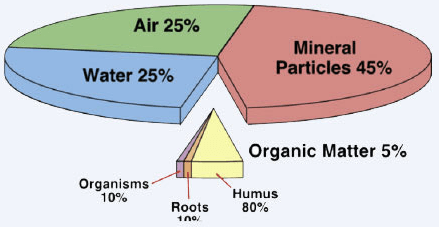
Soil Testing Helps you Decide
If you are the scientific type, you might want to invest in a laboratory soil test. The test will reveal your soil’s pH, organic content, nutrients, salt content, and potential contaminants. In this way, you will be sure of what you are working with and will take the guess work out of your soil analysis. The test is usually inexpensive, but can be very helpful. Contact your local office of cooperative extension from the University of California to get more information.
Labs also provide recommendations to address soil deficiencies. This will help you determine the best amendments or fertilizers for your yard, should you need it. Always ask the lab for organic fertilizer recommendations, which are always preferable for long term health of the soil.
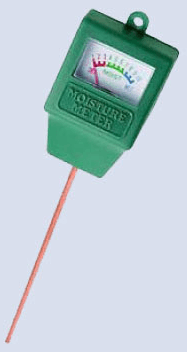
Soil Testing Helps you Decide
If you are the scientific type, you might want to invest in a laboratory soil test. The test will reveal your soil’s pH, organic content, nutrients, salt content, and potential contaminants. In this way, you will be sure of what you are working with and will take the guess work out of your soil analysis. The test is usually inexpensive, but can be very helpful. Contact your local office of cooperative extension from the University of California to get more information.
Labs also provide recommendations to address soil deficiencies. This will help you determine the best amendments or fertilizers for your yard, should you need it. Always ask the lab for organic fertilizer recommendations, which are always preferable for long term health of the soil.
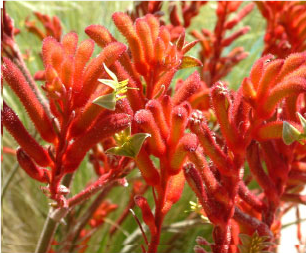
- Improve root growth and air circulation
- Retain nutrients near the roots
- Protect plant roots from salt buildup, temperature extremes, and water stress
Soil Life
A healthy soil ecosystem includes a rich food web of fungi, bacteria, insects and worms. Organic matter is the base of this web. A sustainable landscape returns nutrients to the soil food web as microbes break down organic matter. Microbes, worms, and other soil organisms also bind particles together and transform plant residues and animal wastes into stable soil organic matter or humus. Humus can store up to 90 percent of its weight in water and holds nutrients, protecting them from washing away.
Tools to Help Assess Your Soil
Simple tools can help you keep your finger on the pulse of your soil ecosystem.
- A soil probe can show the depth of water penetration and overall soil structure.
- A soil pH test can help evaluate the need for certain amendments and fertilizer.
- A moisture meter accurately measures your soil’s moisture content helping to fine-tune irrigation.
Use the table below to identify sustainable solutions for rebuilding healthy soils
